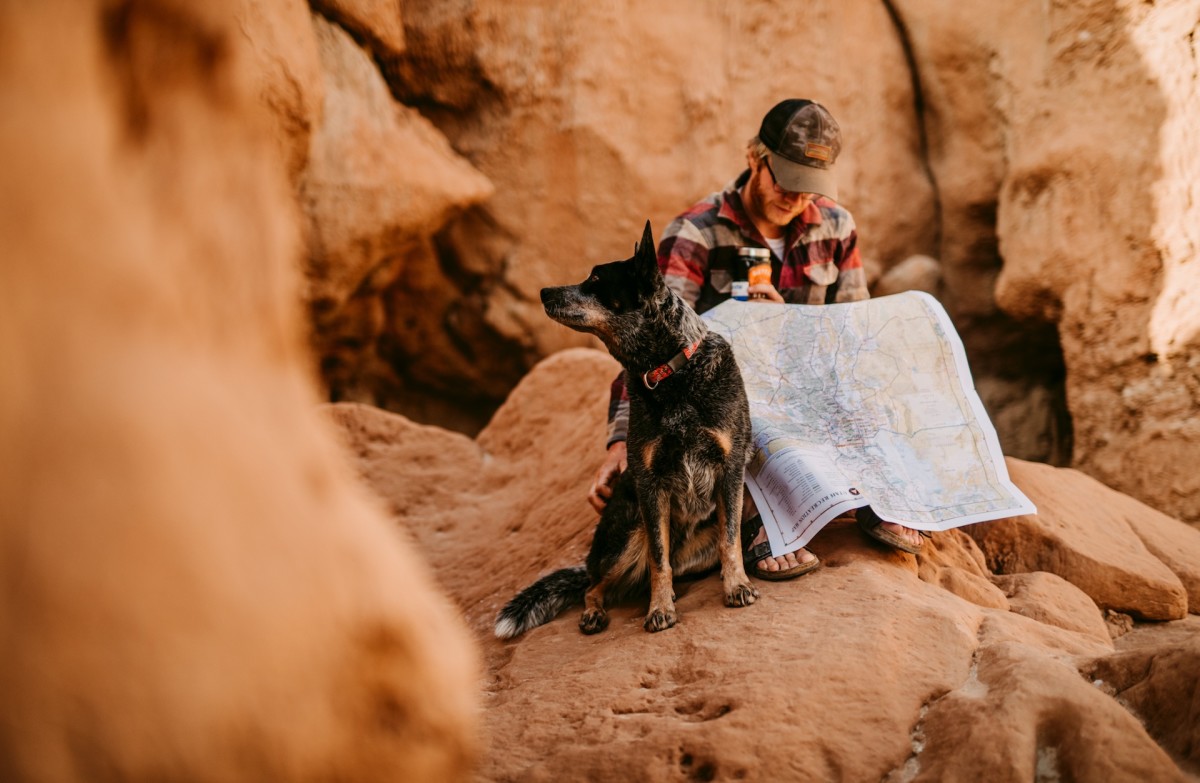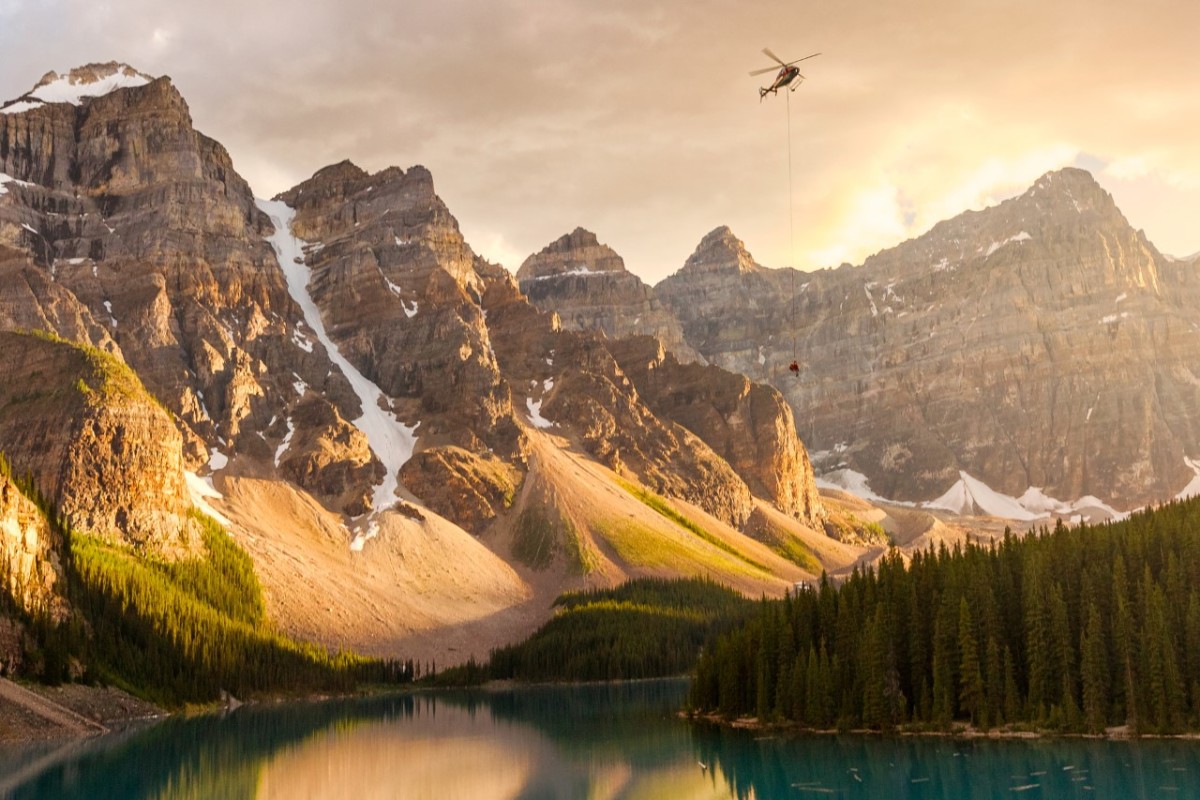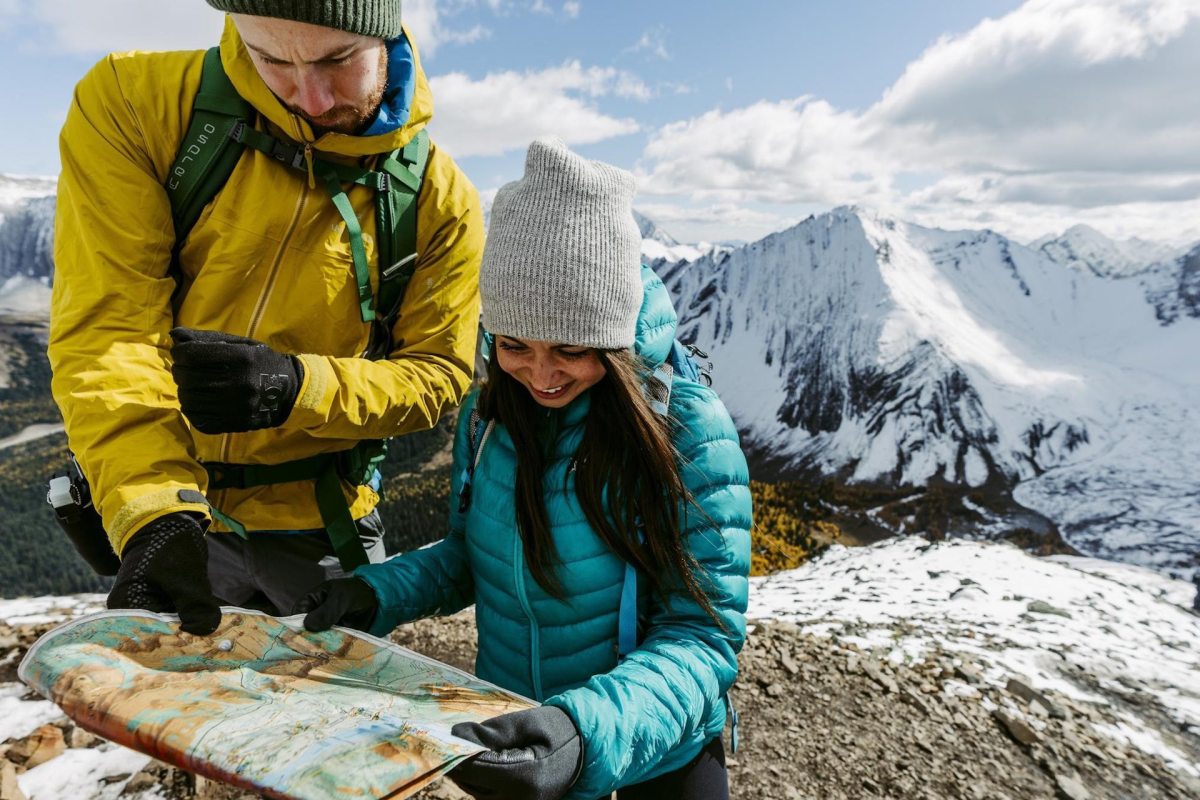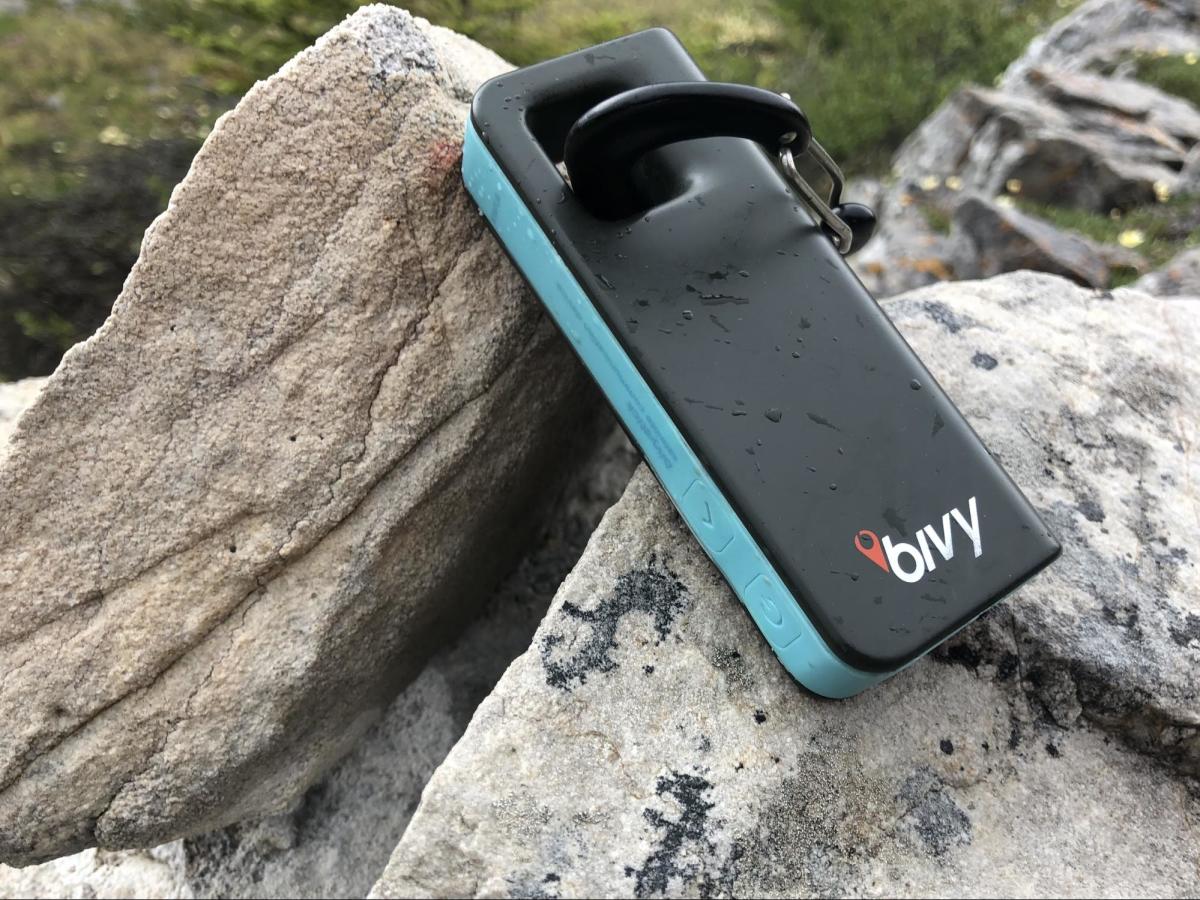Accidents happen. From pro climbers to casual day-hikers, playing in wild open spaces can be dangerous. Luckily, in some areas, there are organizations to help you get home safely if things go sideways. As more people get out to explore the backcountry, more incidents will happen. We talked with Teton County Search and Rescue as well as Banff Visitor Safety about what they wish people getting out into wild and remote areas would do to help prevent incidents and, in the unfortunate event, to make rescues more seamless. The fundamental place to start, of course, is preventing an incident before it happens.
1. Choose an appropriate trip for the current conditions—that’s where the advice begins for Conrad Janzen from Banff Visitor Safety. Always check the weather and conditions for your area and objective. If you can have someone (or some device) send updates while on your trip, this added measure can only help your decisions in the field.
2. Choose the best trip for the experience level of the group as a whole, says Janzen. Set yourself and your partners up for success. Of course things happen, but if you pick something within the group’s collective skill set and experience, you can manage yourself and your group with more ease. Just because you can do something doesn’t mean someone else can; many rescues occur due to over-estimated abilities.

3. Bring a paper map/route description and know how to use it (from Janzen). As we become more dependent on digitized equipment, we tend to lose our analog orientation skills (or don’t develop them in the first place). It might seem antiqued, but people have been using paper maps and compasses long before any GPS. When your batteries die, rely on printed maps to get home.
4. Tell reliable people where you are going and when you expect to come back, says Chris Leigh of Teton County Search and Rescue. This is a crucial piece of trip planning. If something happens while exposed in the backcountry, rendering you unable to communicate, your loved ones can greatly assist rescuers with this key information.
“Leave a detailed route plan with a reliable person in case you are not able to call for assistance,” Janzen adds. “Having the details of the trip plan, vehicle descriptions, and what equipment was taken on a trip can really help speed up searches and provide information on the potential urgency of an overdue person or group.”
5. Carry an emergency communication device. Just as important as bringing a backup map, Janzen notes how new devices have made communication so easy that they should become a regular part of your kit. A two-way communicator helps rescuers make the best possible decisions to help you.
“Also, know where you are and how to communicate it,” Janzen adds. “Being able to send accurate location information in the form of local place names, latitude-longitude, or other coordinate methods really speeds up emergency response times and helps rescue groups bring the appropriate resources.”

6. Stay put, especially after you contact search and rescue. Leigh points out that if you get into a situation where you’re lost, injured or cliffed out, rescuers ask that you please stay put. Yes, there are those brave stories of people who self-rescue from harrowing situations, but more often than not, meandering around while injured can make a bad situation worse.
“Try to be visible from the ground or air depending on what type of rescue is needed,” says Janzen. “Position yourself in open areas that can be seen from a distance. Make noise if you hear rescuers coming by ground. Wave brightly colored clothing and shine a light from a headlamp or phone toward rescuers if you are trying to be seen from a distance or from the air.”
7. Carry some sort of mechanism to start a fire. Leigh advises the need for backcountry travelers to bring tools to start fires, like either waterproof matches, or a little cotton wadded up in gasoline and contained. This can literally be a lifesaver for warmth and, potentially, for helping rescuers find your location. However, it is important to manage the fire properly and only useful below tree line (above tree line, rescuers should see you).
8. Bring spare clothing and an emergency tarp/shelter, says Janzen. Weather can change fast, so it is imperative to have the right clothing. Also, rescuers can’t always come at night, so if your incident happens in the evening, you will likely have to spend the night out. So be prepared for that ‘just in case.’
“Severely injured patients can cool very quickly even on a warm day,” says Janzen. “Insulate patients from the ground and cover them with warm layers to help deal with injuries. Warm clothing and a tarp also help lost or delayed people who end up spending an unplanned night in the field.”

9) Always take a first aid kit. Leigh points out what might seem an oversight. But there are so many lightweight, compact first aid kits now available, that there is literally no excuse not to carry one—especially if its content can help stop a bleed that otherwise could be fatal, or minimize other injuries to prep an injured party member for a rescue.
10) Bring a headlamp, Janzen notes, with good batteries. Many of us carry headlamps in our kits or cars; many of us don’t actually make sure they are charged, however, or have working batteries. Always check before you go.
from Men's Journal https://ift.tt/34mHpXe
via IFTTT













0 comments:
Post a Comment